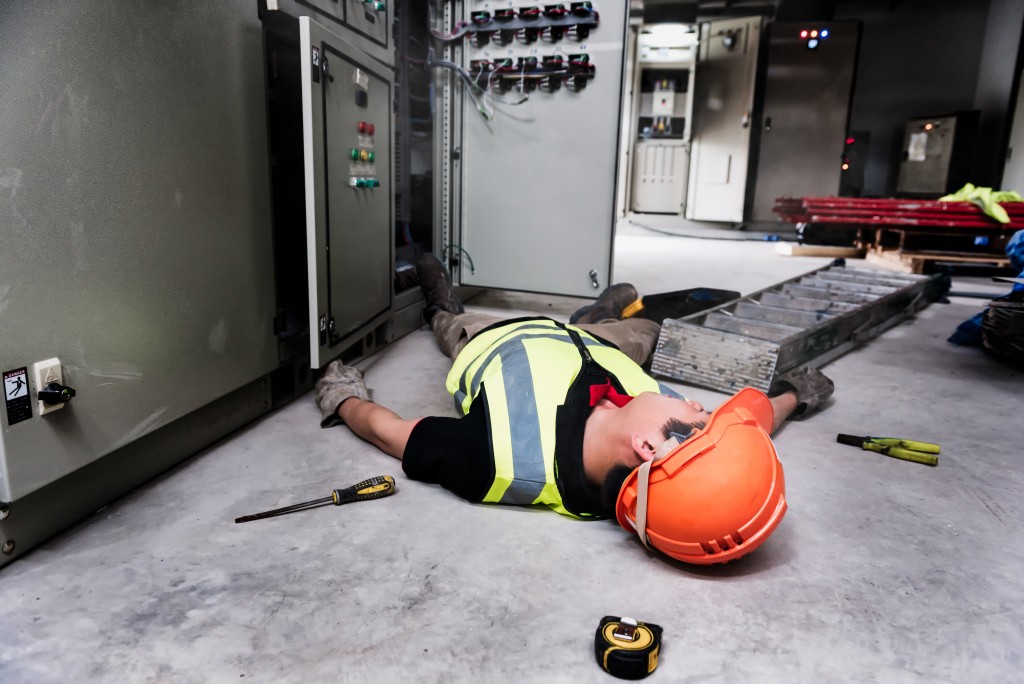According to a study by the National Safety Council, the cost of workplace-related injuries for businesses in the United States in 2018 was over 170 billion dollars. Aside from the enormous financial loss that this meant for American companies, what is truly shocking is that a vast majority of these incidents were preventable. It means that organizations all over the country didn't lose money because of faulty equipment or human error, but rather due to negligence.
Of course, no business can have a bulletproof strategy. Accidents can and will happen. When they do, the best way for employees to help themselves is to hire the services of a personal injury attorney. A reputable one will guide them through the best course of action to take in this situation.
However, prevention is the best medicine. This falls on the organization. As such, all companies must have a clear set of policies and procedures to cut the risk of accidents and safeguard the physical and emotional health of their staff. A comprehensible safety action plan includes proper signage, regular execution of safety drills and education, and adequate protective equipment.
Proper Signage
When it comes to workplace safety, there are many types of signage. Among others, there are prohibition signs, mandatory signs, and warnings. A prohibition sign tells people what they can't do. An example is a sign saying "do not enter" or "no smoking in this area." A mandatory sign is a must. Examples include "wear safety glasses" and "always stay on the left of the line." As for warnings, common ones are "beware, flammable chemicals" or "danger ahead." For the signs to be effective, they should be clear, legible, and placed in an area visible to all.
Regular Execution of Safety Drills and Education
One of the main reasons why people panic during a crisis is because they are not trained on what to do. Panicking creates danger for both the individual and others as people without a clear state of mind often engage in reckless behavior. As a result, firms must provide enough emergency training to their employees. Proper safety drills include fire evacuation and what to do in case of an earthquake.
As for education, some companies provide training sessions to their employees. In these sessions, they learn a wide variety of subjects such as crisis management, CPR, dealing with stress, assisting others, and leadership. It's important to remember that for safety drills to work, companies should do them often, at least, at least two to three times a year. Education should also come constantly as it is easy for people to forget things they don't put into practice daily.
Adequate Protective Equipment
In countries like Japan and Singapore, companies are required by law to provide their employees with an emergency earthquake bag. Inside, one can usually find a helmet, a flashlight, a few water bottles, essential first aid equipment, and canned food. These items help increase the chance of survival of a human being by at least a couple of days, if not more.
For businesses, the initial investment in earthquake kits and other natural disaster equipment is a low price to pay when compared to future costs in hospital bills, new employee recruitment, and unwanted lawsuits. As we have seen, there are different things companies can do to ensure employee safety. Three important ones are having proper signage, executing regular safety drills and education, and providing their staff with adequate protective equipment. Another measure is making sure all machinery and facilities are well-maintained. It includes factory equipment, elevators, lighting, air conditioning systems, electricity cables, and water pipes.
Employees can't live in a bubble. Yet, by prioritizing their safety, companies will not only save money in the long term but also maintain a happy, healthy, motivated workforce.

